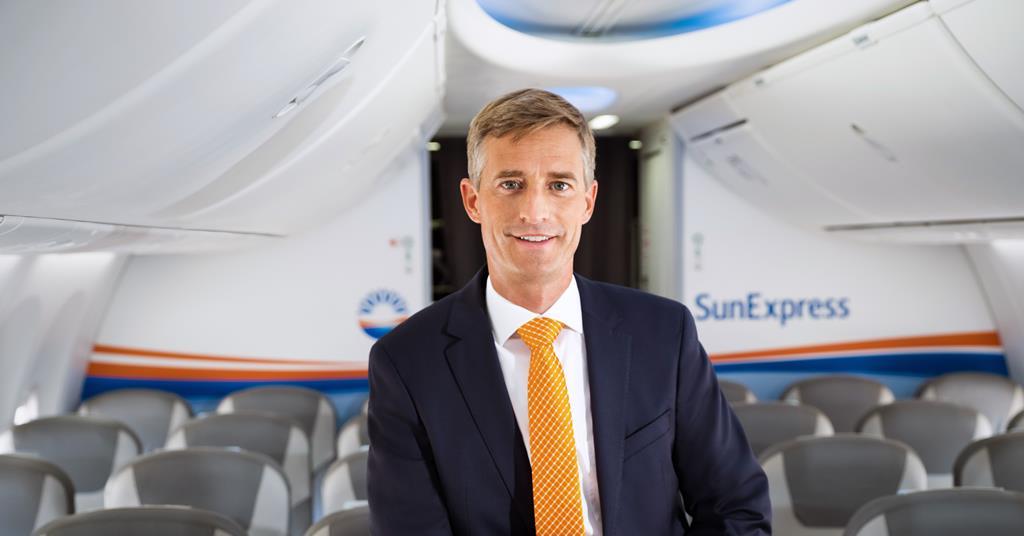EASA proposes to mandate take-off performance monitoring on new-build aircraft
Company
Legal Links
Contact
- +44 7947 753363
- contact@skylineairporttransfers.co.uk
- 6 Walsall Street Bilston Wolverhampton WV14 0AT
© Skyline Airport Transfers. Created by![]() Beaphoenix WebDesign ltd
Beaphoenix WebDesign ltd
Popular Locations:
Birmingham: Aston, Bournville, Edgbaston, Erdington, Great Barr, Hall Green, Handsworth, Harborne, Northfield, Quinton, Soho, Sutton Coldfield, Amblecote, Brierley Hill, Coseley, Cradley, Gornal, Halesowen, Kingswinford, Lye, Netherton, Sedgley, Stourbridge, Quarry Bank, Bearwood, Blackheath, Cradley Heath, Great Bridge, Old Hill, Rowley Regis, Smethwick, Tipton, Tividale, Wednesbury, West Bromwich, Balsall Common, Bickenhill, Castle Bromwich, Chelmsley Wood, Dorridge, Elmdon, Hampton in Arden, Kingshurst, Knowle, Marston Green, Meriden, Monkspath, Hockley Heath, Shirley, Aldridge, Birchills, Bloxwich, Brownhills, Darlaston, Leamore, Palfrey, Pelsall, Pheasey, Shelfield, Streetly, Willenhall, Bilston, Blakenhall, Bushbury, Compton, Ettingshall, Heath Town, Oxley, Penn, Tettenhall, Wednesfield, Burntwood, Lichfield, Cannock, Rugeley, KIDDERMINSTER, Brierly Hill,
STOURPORT-ON-SEVERN
Coventry: Allesley, Binley, Keresley, Stoke, Tile Hill
Leicester: Abbey Rise, Ashton Green, Aylestone, Beaumont Leys, Bede Island, Belgrave, Blackfriars, Braunstone, Braunstone Frith, Bradgate Heights, Clarendon Park, Crown Hills, Dane Hills, Evington, Evington Valley, Eyres Monsell, Frog Island, Goodwood, Hamilton, Highfields, Horston Hill, Humberstone, Humberstone Garden, Kirby Frith, Knighton, Mowmacre Hill, Netherhall, Newfoundpool, New Parks, North Evington, Northfields, Rowlatts Hill, Rowley Fields, Rushey Mead, Saffron, Southfields, South Knighton, Spinney Hills, Stocking Farm, Stoneygate, St. Matthew’s, St. Mark’s, St. Peters, Thurnby Lodge, West End, West Knighton, Western Park, Woodgate
Derby: Matlock, Ripley, Ashbourne, ILKESTON, SWADLINCOTE , BURTON-ON-TRENT, BAKEWELL,
ALFRETON, BELPER, HEANOR
Telford: Market Drayton, Newport, Shifnal, Broseley, Much Wenlock
Stoke: Stoke-on-Trent, Newcastle, Leek, Uttoxeter, Stone, Stafford
Worcester: Worcester, Droitwich, Pershore, Broadway, Evesham, Malvern, Tenbury Wells
Gloucester: Gloucester, Cheltenham, Stroud, Cirencester, Tewkesbury, Badminton, Berkeley, Blakeney, Chipping Campden, Cinderford, Coleford, Drybrook, Dursley, Dymock, Fairford, Lechlade, Longhope, LydbrookLydney, Mitcheldean, Moreton-in-Marsh, Newent, Newnham, Ruardean, Stonehouse, Tetbury, Westbury-on-Severn, Wotton-under-Edge.
Nottingham: Nottingham, Sutton-in-Ashfield, Mansfield, Newark, Southwell, Grantham, Sleaford
Leicester: Leicester, Hinckley, Loughborough, Melton Mowbray, Oakham Market, Harborough, Lutterworth, Wigston, Ashby-de-la-Zouch, Ibstock, Markfield
Oxford: Oxford, Kidlington, Chipping Norton, Thame, Wallingford, Didcot, Wantage, Abingdon, Banbury, Carterton, Woodstock, Bicester, Witney, Chinnor, Watlington
Chester: Chester, Deeside, Bagillt, Buckley, Holywell, Birkenhead, Preston, Wallasey, Wirral, Neston, Ellesmere Port, Prenton
Airports we serve:
BHX: Birmingham Airport
EMA: East Midlands Airport
LHR: London Heathrow Airport
MAN: Manchester Airport
LGW: London Gatwick Airport
LTN: London Luton Airport
SOU: Southampton Airport
BRS: Bristol Airport
LPL: Liverpool John Lennon Airport
LCY: London City Airport
STN: London Stansted Airport



Certain transport aircraft will be required to carry a take-off performance monitoring system to reduce the persistent risk of data-entry and calculation errors, under a new proposal from the European Union Aviation Safety Agency.
The proposed mandate would only apply to new-build aircraft and would be unlikely to take effect until around 2033.
EASA’s measure is being driven by the long-standing threat posed by undetected deviation from expected take-off performance – a situation which can result from incorrect take-off parameters, using the wrong runway intersection, or misconfiguring the aircraft based on erroneous weight-and-balance data.
The proposed monitoring system would use three functions – designated F1, F2 and F3 – to detect problems and alert the crew.
EASA says the F1 function would check errors in take-off parameters, such as inputs to the flight-management system, while F2 would check the aircraft’s position at the beginning of the take-off run. The third function, F3, would provide real-time monitoring of take-off performance.
While the installation mandate for functions F1 and F2 would apply to all transport aircraft, the F3 function would only be required for large models – exempting smaller business jets and regional turboprops.
EASA justifies this preferred option by pointing out that the F3 function, real-time monitoring, is the “most complex and most expensive” of the three to implement.
While mandating all three functions could prevent 89% of potential future occurrences involving new aircraft designs, EASA says an analysis of previous incidents and accidents shows none involving smaller aircraft which would have been mitigated by the F3 function, but not by F1 or F2.
It says F3 offers “very limited benefits” for turboprops and executive jets – although business aircraft based on larger airliners would not be excluded.
EASA studied 118 occurrences worldwide spanning 1998-2023, which included 18 accidents – of which five were fatal – and 74 serious incidents.
While a retrofit of in-service aircraft is not being considered, the EASA proposal would apply to new-build airframes of already-certified aircraft types as well as new designs.
This would effectively double the number of compliant aircraft in the global fleet by 2058, some 25 years after implementation.
EASA is inviting comments on its proposals, setting a submission deadline of 3 October.
Source link
Share This:
admin
Plan the perfect NYC Memorial Day weekend
Pack only what you need and avoid overpacking to streamline the check-in and security screening…
LA’s worst traffic areas and how to avoid them
Consider using alternative routes, such as Sepulveda Boulevard, which runs parallel to the 405 in…
SunExpress chief Kownatzki to lead Eurowings as Bischof steps down
SunExpress chief executive Max Kownatzki will leave to take up the same position at Eurowings,…
Unidentified A350-1000 deal in November takes Airbus net orders to 700
Orders for eight Airbus A350-1000s from an undisclosed customer during November helped push the airframer’s…
Leonardo lands new support contract for Italian air force C-27J Spartan fleet
Leonardo has been awarded a new multi-year contract to provide continued in-service support for Italy’s…
RAF hails Boeing P-8A Poseidon maritime patrol capability after completing NATO deployment to Iceland
The UK Royal Air Force (RAF) has hailed the performance of its Boeing P-8A maritime…
USA approves potential $1bn air-launched weapons sales to Denmark, Italy and South Korea
The US government has cleared possible sales of air-launched munitions to Denmark, Italy and South…
Turkey’s Pegasus Airlines emerges as buyer of Czech budget carrier Smartwings
Turkish budget carrier Pegasus Airlines is set to acquire Czech Airlines and its low-cost operator…
Babcock to fly L-39 trainers in support of France’s DGA and EPNER test pilot school
Babcock International has secured its first contract to operate a batch of Aero Vodochody L-39…
Safran tasks new UK centre with electric and composite research for future single-aisle
French aerospace firm Safran is internationalising its technology research operation by setting up a centre…
Leonardo Helicopters’ Proteus technology demonstrator poised to make first flight for UK Royal Navy
Leonardo Helicopters has edged a step closer to flying its AW09-based Proteus technology demonstrator for…
Brazil test fires MBDA Meteor missiles from Gripen E fighter in major milestone
Brazil has notched a major milestone in its campaign to phase in Saab’s latest Gripen…